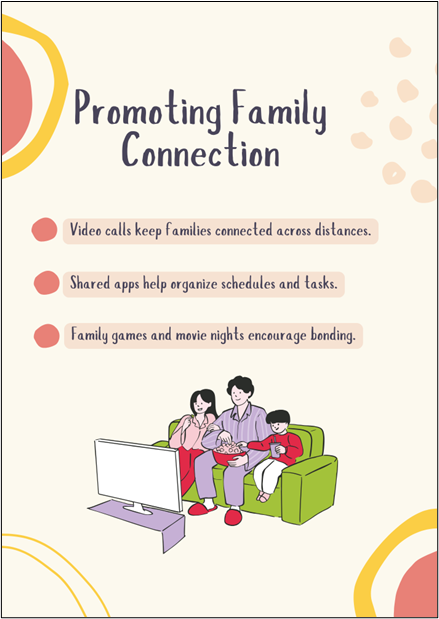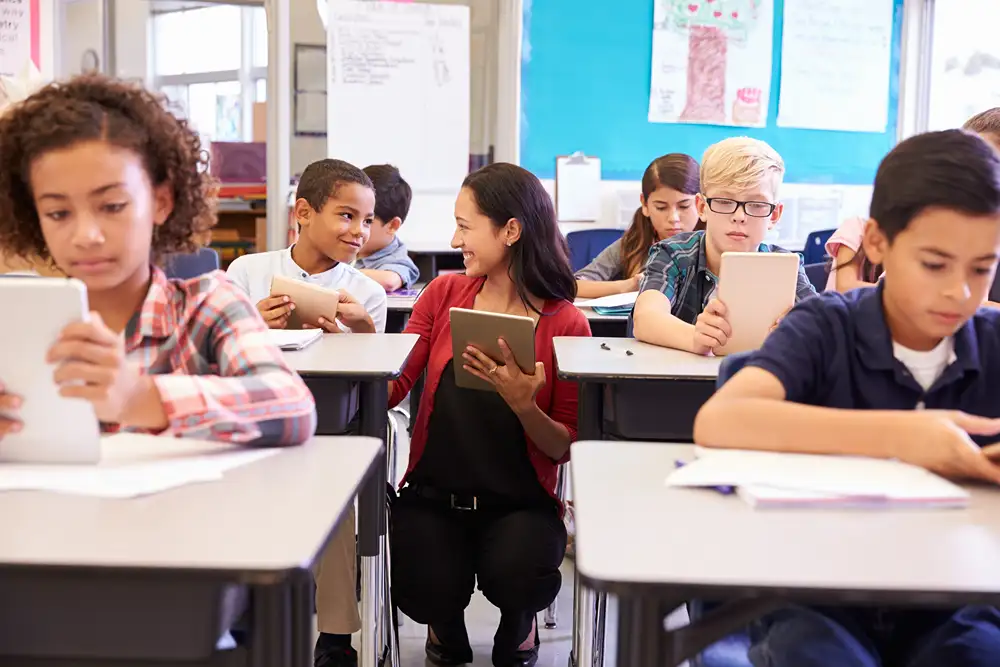10 Security Measures to Keep Kids Safe at School
Keeping our children safe at school is a top priority for parents, teachers, and school leaders. In today’s fast-paced world, effective safety measures are crucial. Thankfully, technology provides tools to create a safer environment for students. Many options are available, including physical security and advanced technology.
It’s important to use modern tools and practices to ensure the safety of our children. School safety continues to evolve, and adopting new security measures can reassure parents, educators, and students. A proactive approach helps create a secure learning environment for everyone.
Here are some essential security tools that can improve safety in schools.
Access Control Systems
Access control systems are essential for school security. They control who can enter the school using keycards, fingerprint scanners, or codes. By managing access, schools can monitor who is on campus and prevent unauthorized people from entering.
For instance, only teachers and registered students can access certain areas. This keeps outsiders out and helps security staff quickly identify anyone who does not belong. With effective access control, everyone can feel safe in the building.
AI Security Solutions
AI security solutions are changing how schools handle safety. These security solutions for schools analyze data from different sources to spot potential threats early. AI algorithms watch for normal behaviour and alert security staff if something unusual happens. This proactive approach helps keep schools safe.
With facial recognition technology, schools can identify people on campus and notify authorities if someone unauthorized is present. AI makes it easier for security teams to respond quickly by continuously analyzing surveillance footage for signs of risk.
Emergency Communication Tools
Clear communication is vital during an emergency. Emergency communication tools like mass notification systems help schools share important information quickly. These systems can send messages through text, email, or public address, ensuring everyone receives crucial instructions during emergencies.
These tools are essential during unexpected situations like severe weather or lockdowns. Quick and clear communication keeps students and staff safe, making these tools necessary for any school safety plan.
Surveillance Cameras
CCTV cameras are a standard security option in schools. They serve two main purposes: deterring vandalism or violence and providing evidence if an incident occurs. Today’s video systems offer high-quality images and let staff monitor activities in real time.
Surveillance cameras help identify intruders and make students and staff feel safer. Knowing that someone is watching over them allows the school community to focus on what’s most important: education.
Visitor Management Systems
Keeping track of who comes in and out of a school is important for safety, and visitor management systems help schools monitor guests efficiently. When visitors arrive, they check in using tablets or kiosks and get badges with their names and photos. This easy process helps school staff quickly identify authorized visitors while tracking everyone on campus.
These systems also help during emergencies. Schools can quickly check visitor logs to ensure everyone is accounted for if something goes wrong.
Mobile Safety Apps
In our digital world, mobile safety apps can quickly improve school security. Many apps have emergency buttons that allow students or staff to alert authorities with one click. They may also include location tracking to help in emergencies.
Students can use these apps to report concerns anonymously, encouraging them to speak up. Mobile safety apps enhance communication between students and security personnel, creating a stronger safety plan.
Physical Barriers
Sometimes, simple physical solutions work best. Installing fences, gates, and barriers around school grounds can keep unwanted visitors out. These measures create clear boundaries, signalling that the school is off-limits to non-registered people.
Having accessible emergency exits, securely locked doors, and well-placed barriers can also improve safety. Using physical barriers and technology creates a strong defence strategy to protect students.
Training and Drills
Using the right tools is just part of keeping schools safe. Training and drills are also essential. Regular safety drills teach students and staff how to react in emergencies, whether they’re natural disasters or lockdowns. Being prepared for school emergencies is crucial.
To create a safe environment, everyone needs to know their roles during crises. Schools can involve local law enforcement in these drills to strengthen relationships and improve community safety understanding.
Mental Health Support Systems
Mental health support is essential for school safety. Access to counsellors and mental health resources helps create an environment where students feel safe to share their worries. Programs that focus on mental well-being can prevent crises by addressing issues early. Including mental health awareness in safety plans ensures that emotional and physical safety are important, leading to a healthier school community.
Incident Reporting Systems
A good incident reporting system allows students and staff to report safety concerns without fear of punishment. These systems let people anonymously report suspicious behaviour, bullying, or other safety issues. Encouraging open communication helps schools tackle problems early, creating a culture of safety and trust. An easy-to-use reporting system shows that the school values input from the community and is dedicated to keeping the learning environment safe.








